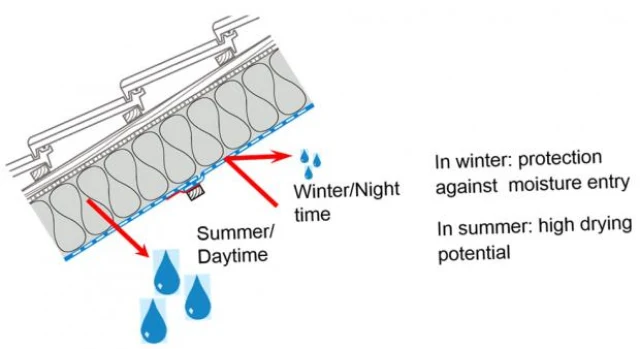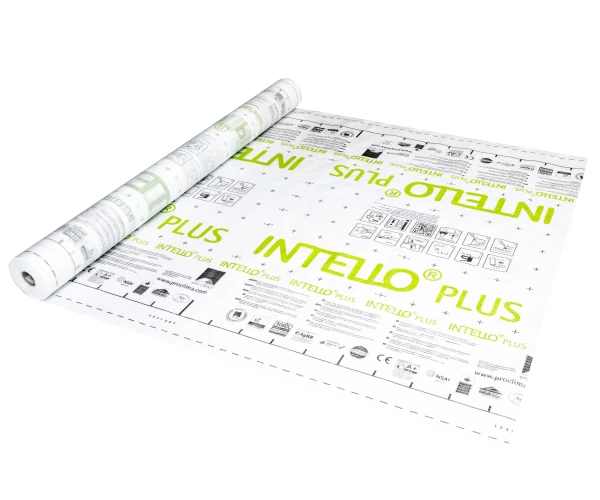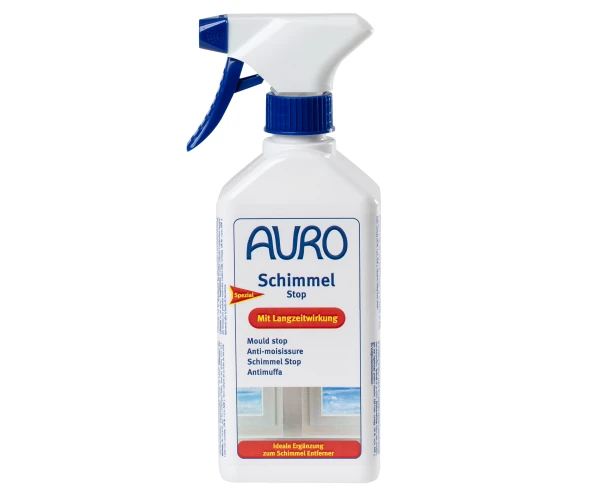Go to Section
It May Rain But There Is No Need For Moisture Related Problems To Pour In
By Michael Foerster - Head of Applications Technology, Pro Clima
Also in category: Airtight and windtight, Healthy living, Mould prevention
For those of us who are not native speakers, the English language provides a rich variety of quirky idioms, and one of my favourites is ‘it never rains but it pours.’ Why? Because it’s not only an interesting way of expressing the way problems can multiply and accelerate, it also seems to echo the British obsession with the country’s wet climate.







